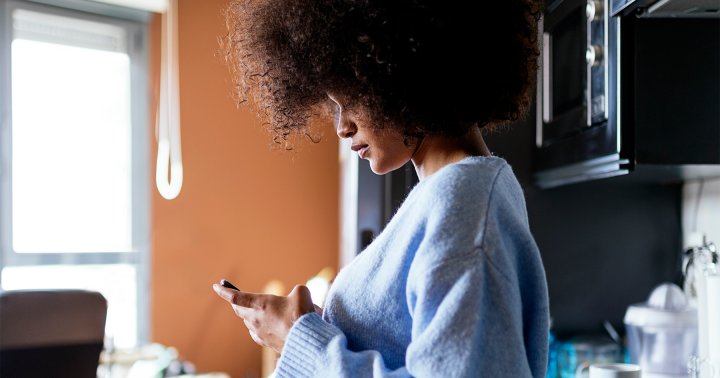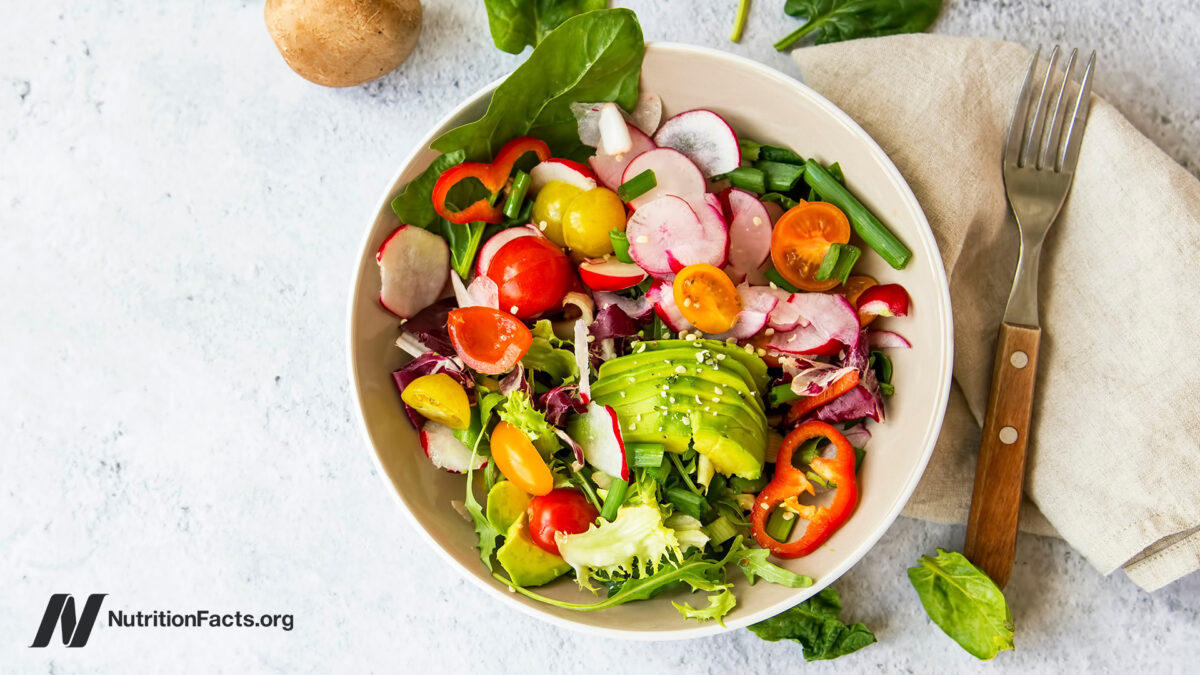Yoga Poses for Endometriosis: A Comprehensive Guide to Managing Symptoms Naturally
Endometriosis is a chronic and often debilitating condition affecting millions of women worldwide. Characterized by the growth of endometrial-like tissue […]

Endometriosis is a chronic and often debilitating condition affecting millions of women worldwide. Characterized by the growth of endometrial-like tissue outside the uterus, endometriosis can lead to severe pelvic pain, menstrual irregularities, and fertility issues. While conventional medical treatments such as surgery and medication are available, many women seek complementary approaches to manage their symptoms and improve their overall quality of life. One such approach gaining traction is the practice of yoga. In this comprehensive guide, we’ll delve into the benefits of yoga poses for endometriosis, explore specific yoga poses tailored to alleviate symptoms, and provide practical tips for incorporating yoga into your daily routine.
Understanding Endometriosis: A Brief Overview
Before diving into the role of yoga in managing endometriosis, it’s essential to have a basic understanding of the condition itself. Endometriosis occurs when tissue similar to the lining of the uterus, known as endometrial tissue, grows outside the uterus. This tissue may implant and grow on various pelvic organs, including the ovaries, fallopian tubes, and pelvic lining. During the menstrual cycle, these implants respond to hormonal changes, leading to inflammation, scarring, and the formation of adhesions. The resulting symptoms can vary in severity and may include:
Chronic pelvic pain Painful menstruation (dysmenorrhea) Pain during intercourse (dyspareunia) Infertility or difficulty conceivingThe Role of Yoga in Endometriosis Management
Yoga is an ancient practice that combines physical postures (asanas), breathwork (pranayama), and meditation to promote health and well-being on all levels – physical, mental, and emotional. While yoga is not a cure for endometriosis, research suggests that it can be a valuable tool for managing symptoms and improving overall quality of life. Here’s how yoga may benefit individuals with endometriosis:
1. Pain Relief: Many yoga poses target the muscles and tissues surrounding the pelvis, promoting relaxation and alleviating pelvic pain. Additionally, the practice of yoga encourages mindfulness and body awareness, which can help individuals better cope with chronic pain.
2. Stress Reduction: Living with endometriosis can be physically and emotionally taxing. Yoga offers techniques for relaxation, stress reduction, and self-care, helping individuals manage the psychological impact of the condition and improve their resilience in coping with daily challenges.
3. Hormonal Balance: Certain yoga practices, such as restorative poses and gentle inversions, may help regulate the endocrine system, which plays a role in hormone balance. By promoting relaxation and reducing stress, yoga can indirectly influence hormonal health and potentially alleviate symptoms associated with hormonal fluctuations.
4. Improved Flexibility and Mobility: Endometriosis-related adhesions and scar tissue can cause stiffness and limited mobility in the pelvic region. Yoga poses that gently stretch and open the hips, groin, and lower back can help improve flexibility, increase blood flow, and reduce discomfort associated with restricted movement.
Specific Yoga Poses for Endometriosis
When practicing yoga for endometriosis, it’s essential to choose poses that are gentle, supportive, and adapted to your individual needs and comfort level. Here are some yoga poses recommended for individuals with endometriosis, along with step-by-step instructions for practicing each pose.
1. Child’s Pose (Balasana)
Begin on your hands and knees, with your wrists under your shoulders and knees under your hips. Gently lower your hips back towards your heels as you extend your arms forward, palms resting on the mat. Rest your forehead on the ground and allow your entire body to relax. Hold the pose for several breaths, focusing on deep belly breathing and releasing tension from the lower back and hips.2. Cat-Cow Stretch (Marjaryasana-Bitilasana)
Start in a tabletop position, with your wrists under your shoulders and knees under your hips. Inhale as you arch your back, lifting your chest and tailbone towards the ceiling (Cow Pose). Exhale as you round your spine, tucking your chin to your chest and drawing your belly button towards your spine (Cat Pose). Continue flowing between Cat and Cow Poses, coordinating your breath with movement, for several rounds.3. Reclining Bound Angle Pose (Supta Baddha Konasana)
Lie on your back with your knees bent and feet flat on the floor. Allow your knees to fall open to the sides, bringing the soles of your feet together in a butterfly shape. Support your knees with props such as yoga blocks or bolsters if needed to prevent strain. Rest your arms at your sides with palms facing up and close your eyes, focusing on deep, relaxing breaths.4. Supported Bridge Pose (Setu Bandhasana)
Lie on your back with your knees bent and feet hip-width apart, arms resting at your sides. Press into your feet as you lift your hips towards the ceiling, engaging your glutes and hamstrings. Slide a yoga block or bolster underneath your sacrum for support, allowing your spine to lengthen and relax. Hold the pose for several breaths, feeling a gentle stretch across the chest and hips.5. Legs-Up-the-Wall Pose (Viparita Karani)
Sit close to a wall with one hip touching the wall, then lie on your back and extend your legs up the wall. Adjust your distance from the wall as needed to find a comfortable stretch in the backs of your legs. Relax your arms at your sides with palms facing up, and close your eyes. Stay in the pose for several minutes, focusing on deep belly breathing and allowing your entire body to release tension.Supported Reclining Twist (Supta Matsyendrasana)
Lie on your back with your arms extended out to the sides, palms facing down. Bend your knees and draw them towards your chest. Shift your hips slightly to the right and drop both knees over to the left side of your body. Place a bolster or pillow under your knees for support and comfort. Gaze towards your right hand and relax into the twist, feeling a gentle stretch along the spine and outer hip. Hold for several breaths, then repeat on the opposite side.7. Seated Forward Bend (Paschimottanasana)
Sit on the floor with your legs extended in front of you and feet flexed. Inhale to lengthen your spine, then exhale to hinge forward at the hips, leading with your chest. Keep your back flat and reach your hands towards your feet, ankles, or shins, depending on your flexibility. Relax your head and neck, allowing gravity to deepen the stretch along the back of your legs and spine. Hold for several breaths, then slowly release and return to an upright position.8. Supine Butterfly Pose (Supta Baddha Konasana Variation)
Lie on your back with your knees bent and feet flat on the floor. Bring the soles of your feet together and let your knees fall open to the sides. Place your hands on your belly or gently hold onto your feet. Close your eyes and focus on deep belly breathing, allowing your hips to relax and open. Stay in the pose for several minutes, allowing gravity to gently release tension in the groin and pelvis.9. Standing Forward Fold (Uttanasana)
Stand with your feet hip-width apart and arms by your sides.
Inhale to lengthen your spine, then exhale to fold forward from the hips, keeping your back straight. Bend your knees slightly if needed to maintain length in your spine. Allow your torso to hang forward, reaching your hands towards the ground or grabbing onto your elbows. Relax your head and neck completely, letting the weight of your body release any tension in the spine and hamstrings. Hold for several breaths, then slowly roll up to a standing position.10. Supported Fish Pose (Matsyasana Variation)
Place a yoga bolster or rolled-up blanket lengthwise on the floor. Sit in front of the bolster and carefully lower yourself down onto your back, resting your upper back and head on the bolster. Extend your legs out in front of you or bend your knees with feet flat on the floor, depending on your comfort. Allow your arms to relax at your sides with palms facing up. Close your eyes and focus on deep, expansive breaths, feeling a gentle opening in the chest and throat. Remain in the pose for several minutes, allowing the support of the bolster to encourage relaxation and release.Incorporating Yoga into Your Daily Routine
To maximize the benefits of yoga for endometriosis, it’s essential to practice regularly and mindfully. Here are some tips for incorporating yoga into your daily routine:
1. Start Slowly: If you’re new to yoga or dealing with chronic pain, start with gentle, beginner-friendly poses and gradually increase the duration and intensity of your practice over time.
2. Listen to Your Body: Pay attention to how your body feels during each pose and modify as needed to suit your comfort level. Honor any limitations or discomfort, and avoid pushing yourself into pain.
3. Practice Mindfulness: Yoga is not just about physical postures; it’s also about cultivating awareness and presence. Practice mindfulness techniques such as deep breathing, body scanning, and meditation to connect with your body and reduce stress.
4. Seek Professional Guidance: Consider attending yoga classes led by experienced instructors who have knowledge of anatomy and experience working with individuals with specific health conditions like endometriosis. A qualified instructor can offer guidance, modifications, and support tailored to your needs.
5. Stay Consistent: Consistency is key to experiencing the benefits of yoga. Aim to practice yoga regularly, even if it’s just for a few minutes each day. Set realistic goals and commit to making yoga a priority in your self-care routine.
Conclusion
Yoga offers a holistic approach to managing the symptoms of endometriosis, providing relief from pain, promoting relaxation, and improving quality of life. By incorporating specific yoga poses into your routine and practicing regularly, you can support your body and mind on the journey towards healing and wellness. Remember to consult with your healthcare provider before starting any new exercise program, especially if you have a medical condition like endometriosis. With dedication and mindfulness, yoga can become a valuable tool in your self-care toolbox. Visit our YouTube channel to find out more information on yoga and meditation.

 FrankLin
FrankLin 































